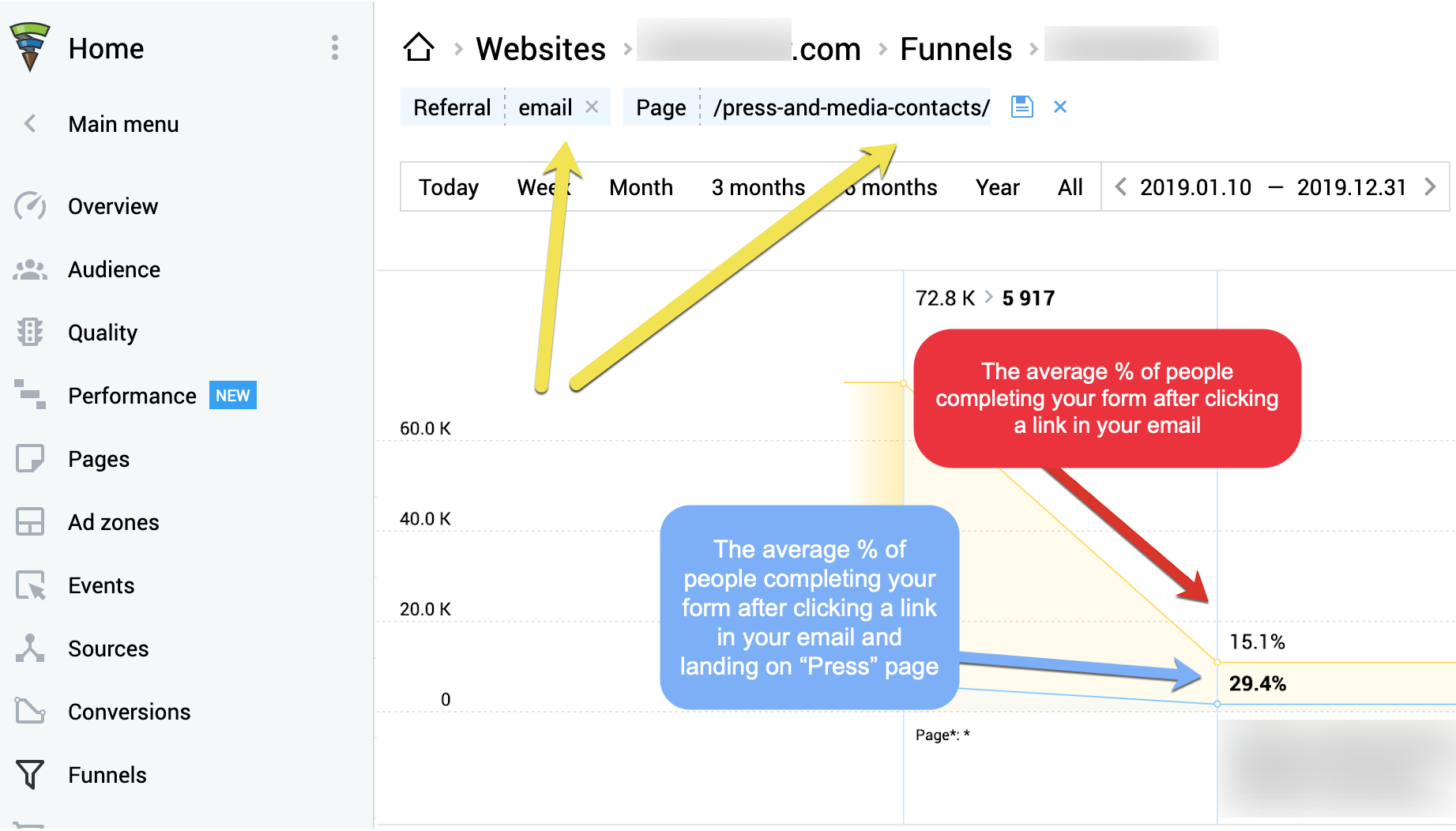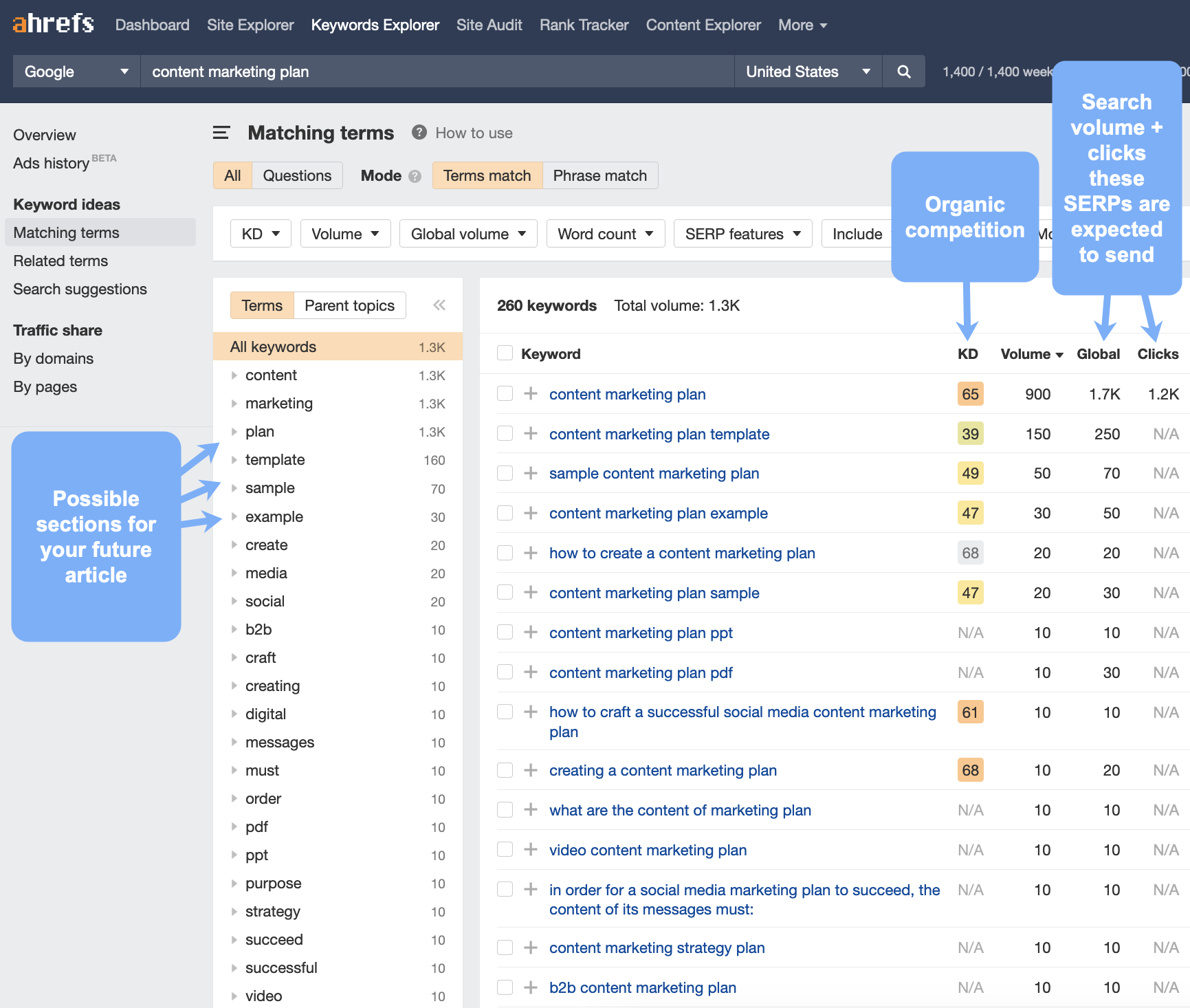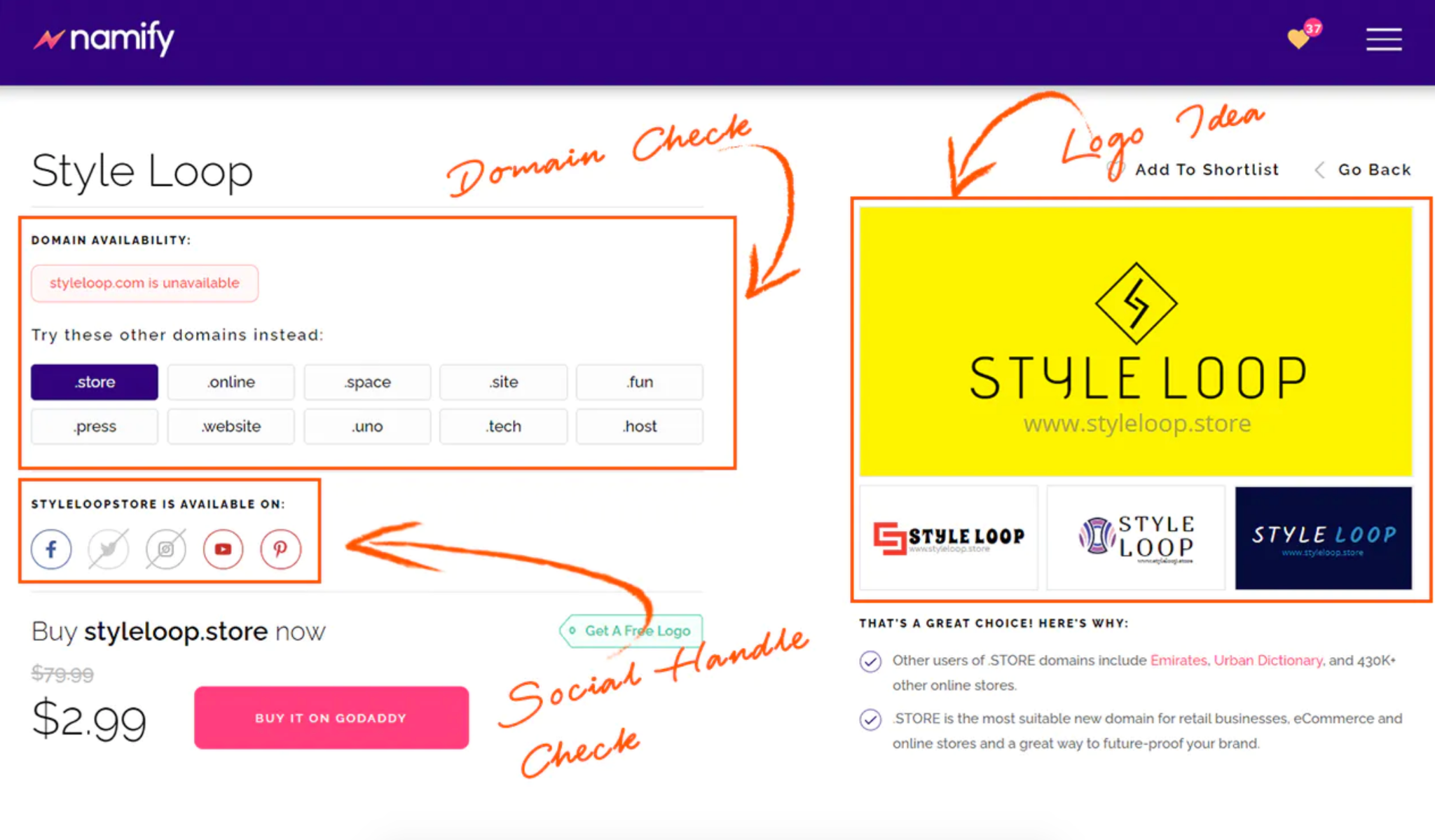News and Insights
How to create your business blogging strategy
September 29, 2021
There have been a lot of changes in the way businesses build content for their websites over the years, and blogging for business is becoming even more important for companies to be able to get where they want to be in search engine results pages (SERPs).
Define your goals
What is it you want to achieve? I know too many business owners who would just say “traffic”. Unfortunately, this is where all the problems start.
You see, clicks are no good unless they result in some sort of action, like a sale or a lead. You want your blog to bring more ROI, don’t you? So, build your business blogging strategy accordingly.
Plan your research, content and assets around one goal: conversions
- Match your content topics to your business’s value proposition (i.e. problems your product or service is solving)
- Integrate contextual CTAs into your content to take your blog readers down your conversion channels. Some of the most efficient contextual CTAs include web push notifications, conversational forms and AI-based chatbots all of which can be personalised based on your site visitors’ location, entry source or previous engagements with the site.
To ensure you are doing that successfully, set up your tracking using Finteza which makes it incredibly easy to understand which content efforts bring the most sales:

Focus on bringing value
It is important to create quality content on a business blog, but where do you start? This is something that many business owners find themselves contemplating, and it is something that has to be practised on a regular basis.
Keyword research is usually where you want to start to understand what your target audience is struggling with. Ahrefs is a solid keyword research platform to use:

There are many more keyword research tools to use in case you want to play with a few of them.
From there, run your chosen search queries through Text Optimizer to uncover related topics and concepts to expand your content to:
There are many benefits to providing quality content. It does not only help in SEO efforts; it can also build trust and user confidence. This is a way to help in building a quality brand for your business.
There are a lot of different ways to create quality content on a regular basis for a business blog. Depending on the business, you publish tutorials, how-tos and interviews with industry experts, which will help you to generate links to the content of your blog.
There are other things that you can do to create quality content as well. It may help to create a list of subjects that your business deals with, and set up a schedule for the topics to be published on your blog.
The critical articles that your blog needs
When you create a website with a focus on content (like a blog or a knowledge base), you will normally choose a specific niche that you want to work within and then stay on that subject across that site. This is how you tie your site together, how you find your audience and how you know who to market it to.
From there you are free to write whatever you want on the subject, and if you’re also a fan of the topic, you should find that adding new content and coming up with great ideas comes fairly naturally to you.
But while it’s up to you what you write, for the most part, it’s important to recognise that there are some topics and some titles that don’t come down to choice. Whatever your niche, there will be a number of articles that are practically required. Your readers will expect them to be there, and if you leave them out they will be notable in their absence. What am I talking about? Let’s delve into it a little further…
The fundamentals
The most obvious example of a critical article or post is some kind of overview of your niche. This should be required reading for the visitors that come to your site and want to know what it’s all about. I’m not talking about your ‘about page’ (which is a page more than an article), but rather a ‘What is SEO?’ article or a ‘What is Bodybuilding?’ article. Here you bring your readers up to speed and give them your definition so that they can enjoy your articles.
Also useful might be an ‘Everything you need to know about…’ article, which can give a little more ‘in depth’ insight so that readers can fully appreciate the nature of your site.
Similarly, you also need to cover all the basics of your subject early on. For a bodybuilding site then, that should mean writing an article on protein shakes, one on writing a program and one on the science of building muscle. Basically, the aim is to ensure that everything your readers need to know on your subject can be found on your site – because otherwise, they might go elsewhere.
Google’s “People Also Ask” boxes are always a great source of inspiration for this type of content.
How does your blog stand out?
Some critical articles are a little more flexible and abstract. For instance, every site should have at least one article that offers something completely different from the competition and that shows off the kind of value you can offer.
This will be your ‘star’ article (although it would be preferable to have more than one) and it will be the article that makes your site interesting. If your site is just basic articles that don’t offer anything unique, then you’ll only attract beginners in your niche and even they may get bored quickly.
Before you launch your blog, you should make sure that you have at least one article that’s entertaining, compelling and informative. If it meets all of those requirements, then it will pique your visitor’s interests and they’ll be more likely to come back to see what else you post.
If you are still in the process of launching your site, consider playing with a free tool called Namify which will help you find a cool domain name. Namify uses artificial intelligence to come up with business names that are easy to brand and even checks its availability across multiple social media channels:

Think about your customers first
This is an often missed step in creating a blogging strategy: focus on your customers. Don’t just write something you think should be useful. Think about your customers’ struggles and questions.
Have you tried creating buyer personas to craft your content marketing? A buyer persona is basically how you imagine and what you know about your customers allowing you to cater to their needs easier.
Buyer personas make it easier to brainstorm content because, with those buyer personas, you suddenly start talking to real people, so your tone and topics become more engaging. It’s easier to talk to working moms or retired travellers who love bringing their grandparents souvenirs than to the crowd.
Question research is a great way to build those personas because they allow insight into your readers’ everyday life. For example, if you come across a popular question that says something like “What are the best snacks to take on a road trip?”, you realise that many of your target readers love travelling, so you can adjust your personas list based on that. On the other hand, if you notice a question “What are the best snacks to take on a road trip with kids”, you’ll know that many of your readers have kids.
This knowledge will allow you to go search for suitable angles and experiment more with your topics, covering a wider range of your audience’s interests that may go beyond your actual niche.
Create your editorial calendar
Unless you get organised, your blogging strategy will go nowhere. You need a clear plan with dates when something needs to go live.
That’s called an editorial calendar. To create one, you can use a spreadsheet, a calendar app or a specialised platform like Coschedule. Make sure to include all kinds of tasks into your calendar, for example:
- When something needs to be written and proofread
- When any of your existing articles need a content refresh
- When your design team needs to start creating visual content assets
Diversify your content assets
Most business owners think of blogging in terms of providing text content. Yes, text content is fundamental for organic search visibility but it is not enough. Today’s SERPs are interactive and visual.
Visual content is important on many levels, including better organic visibility and better on-page engagement. You need to add visual and video content into the mix to bring your brand forward in a more effective way. Create original images, and then turn those images into videos or animated slideshows. Tools like Canva and Wave will help you with those tasks.
This will also make it possible to publicise your content on social media networks in a more engaging way. Here’s also a helpful guide on optimising images for enhanced SEO visibility.
Conclusion
One of the hardest parts of blogging for business is being able to create content on a regular basis, but it is something that needs to be done. This is not to say that you need a lot of content. Consistency in no way translates to frequency.
You need a consistent publication schedule for readers to want to subscribe and come back. But this shouldn’t impact the quality of your content in a negative way.
-
TAGS:
- Technology